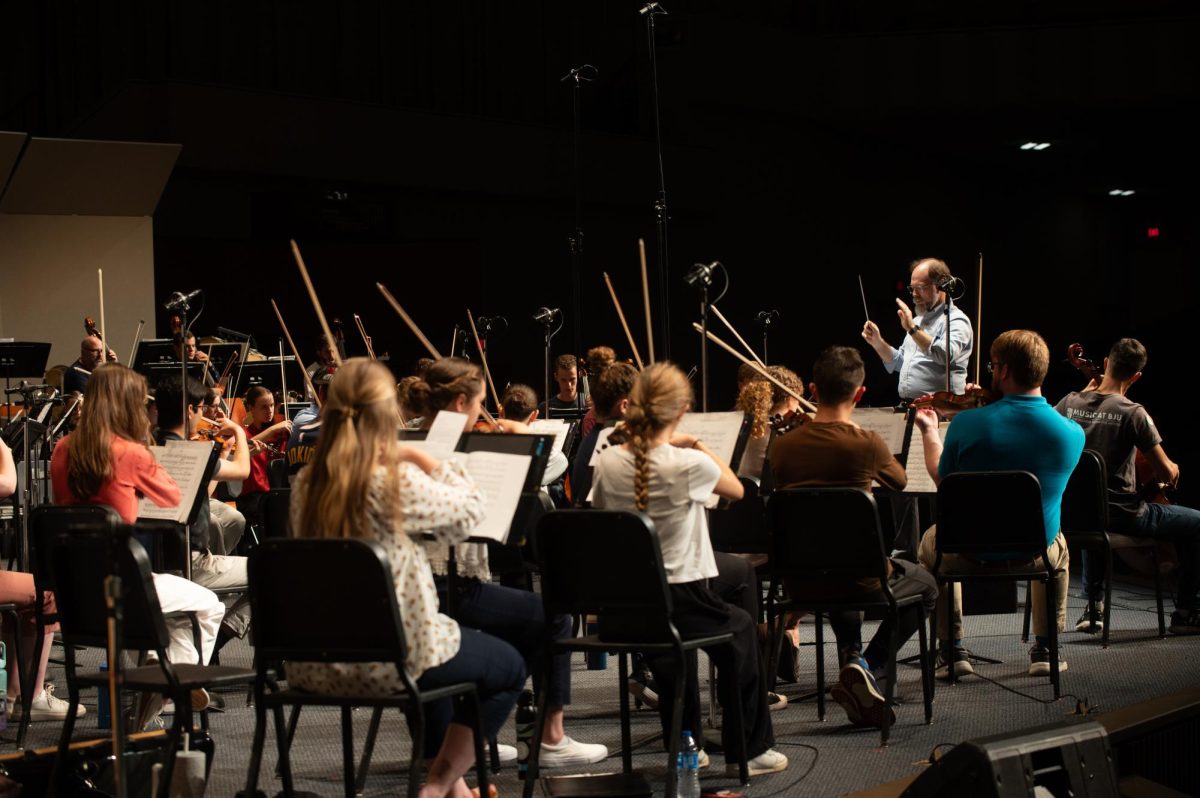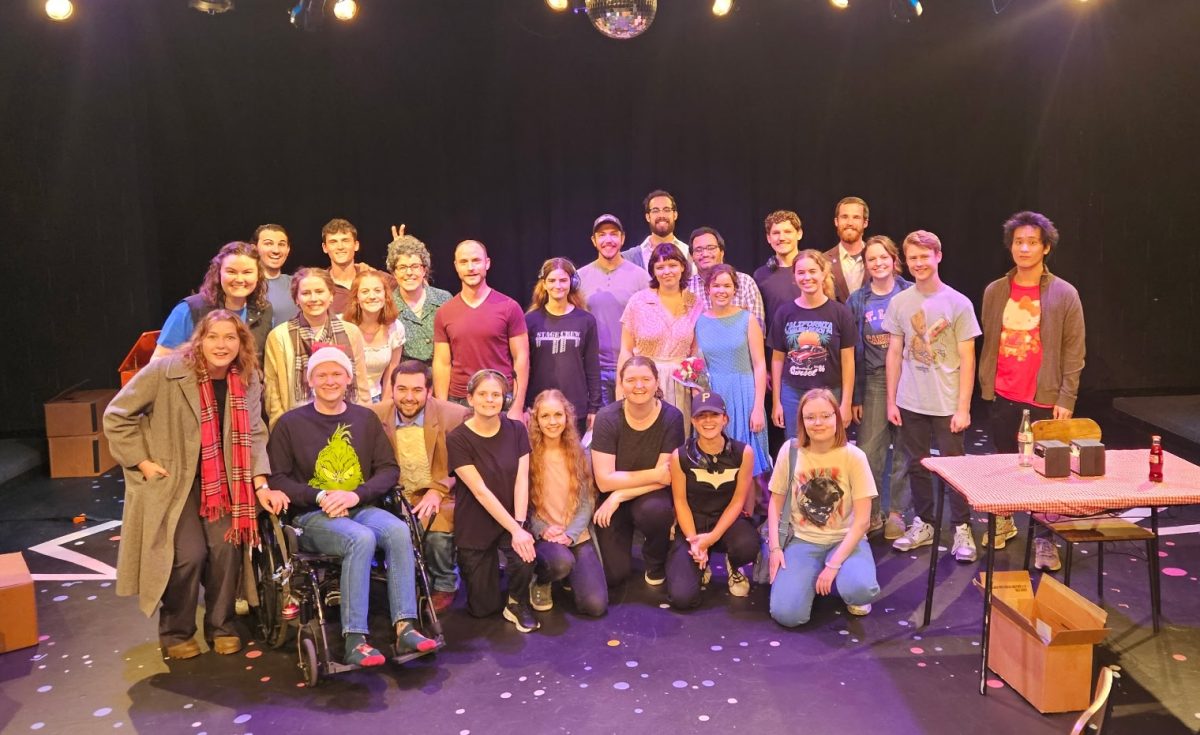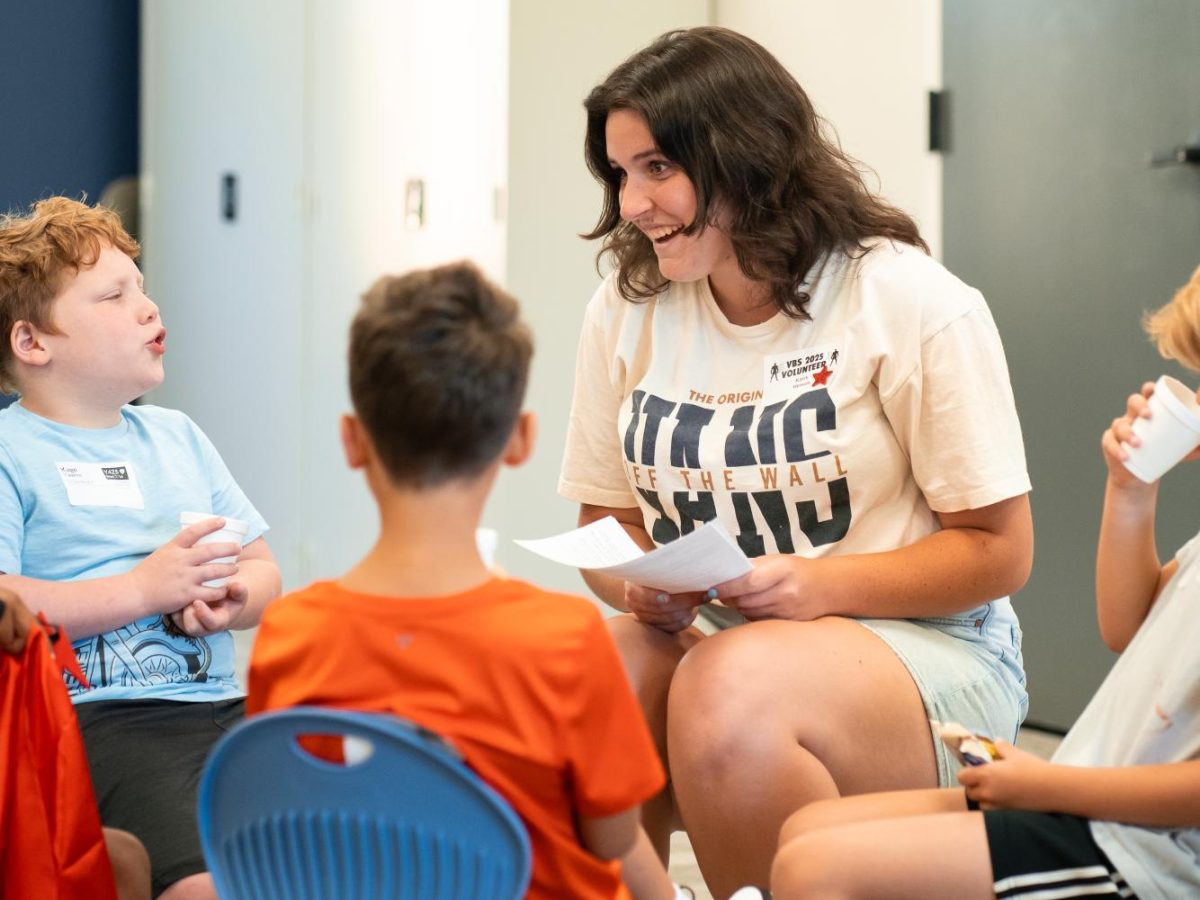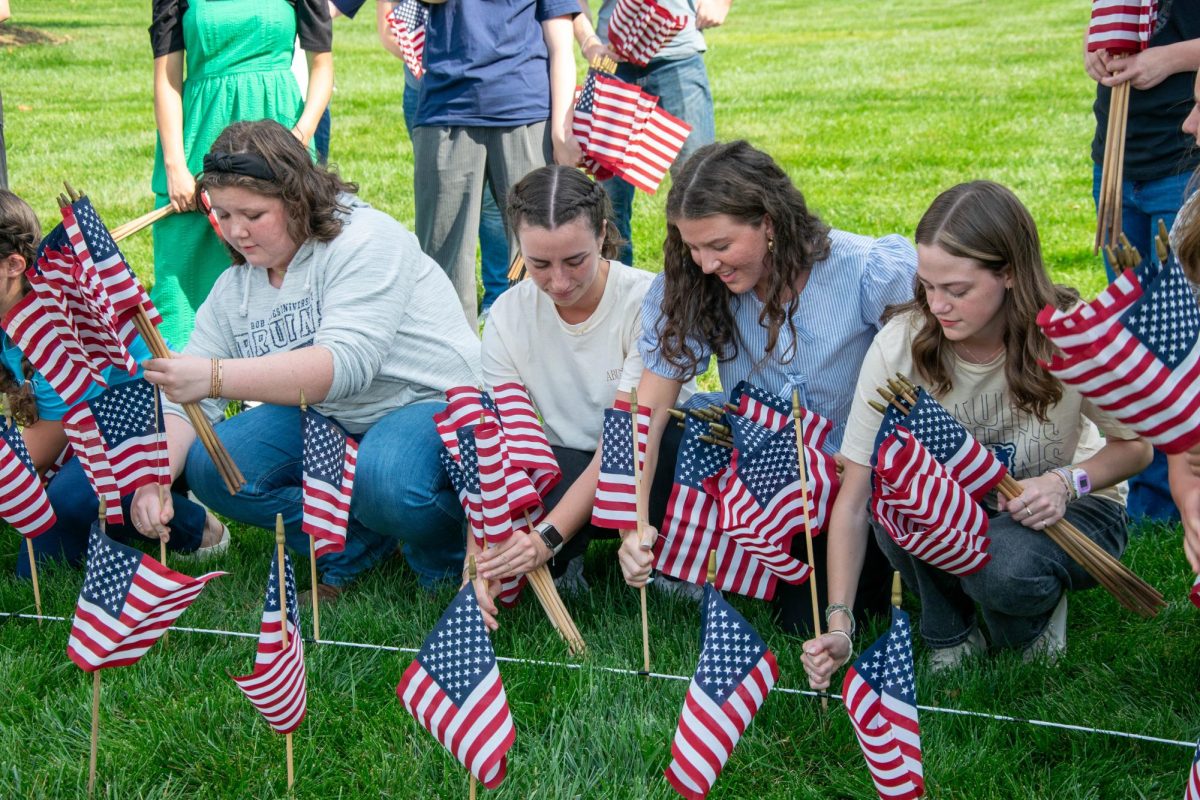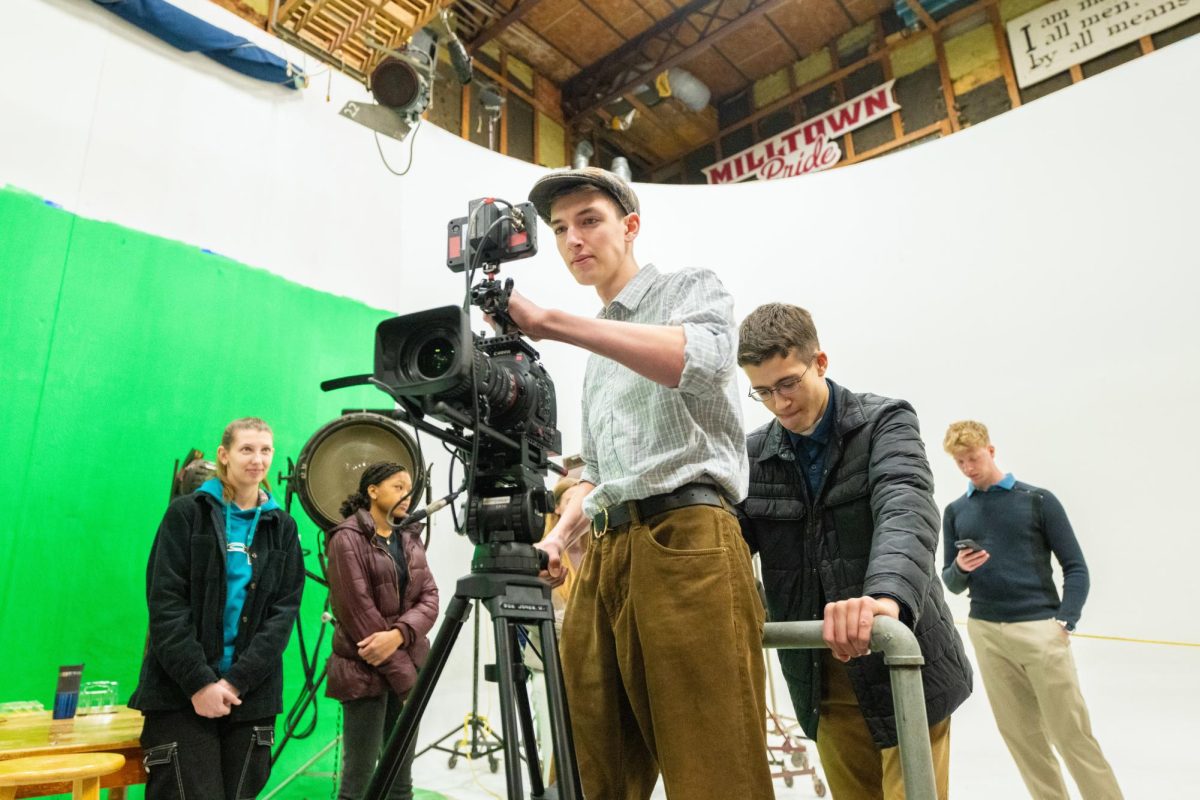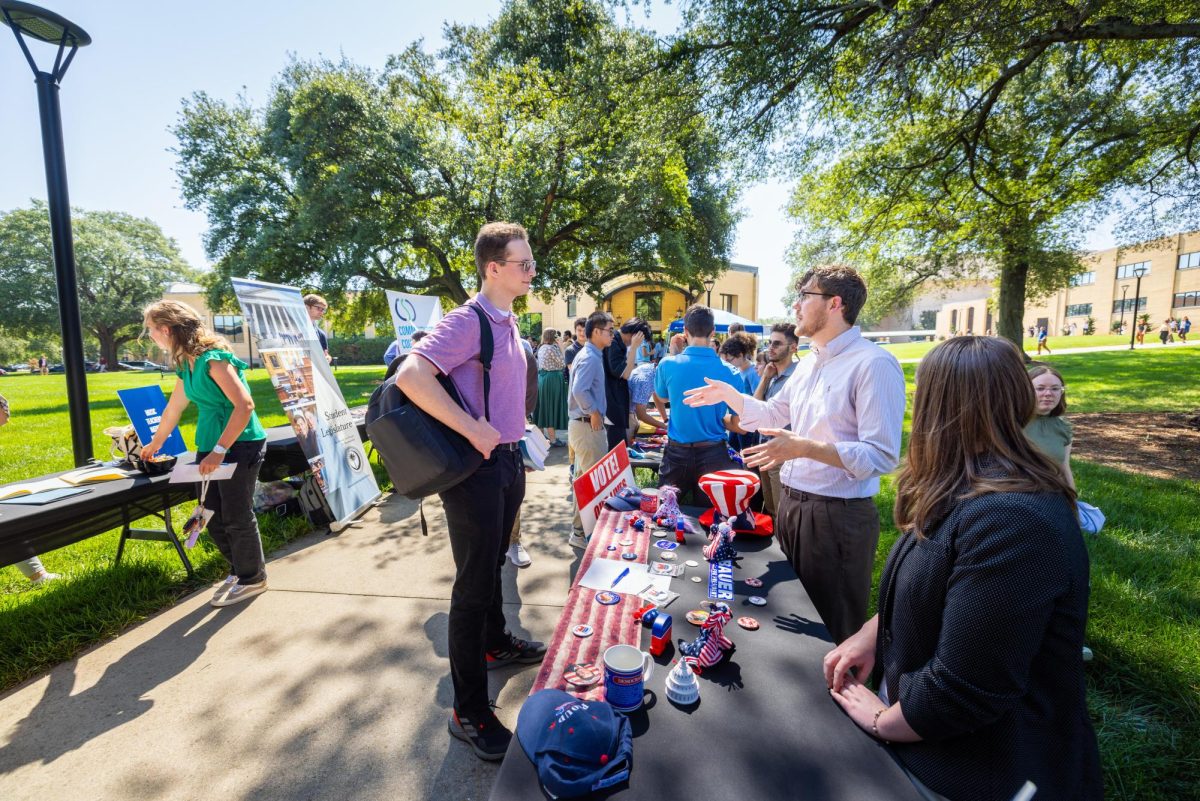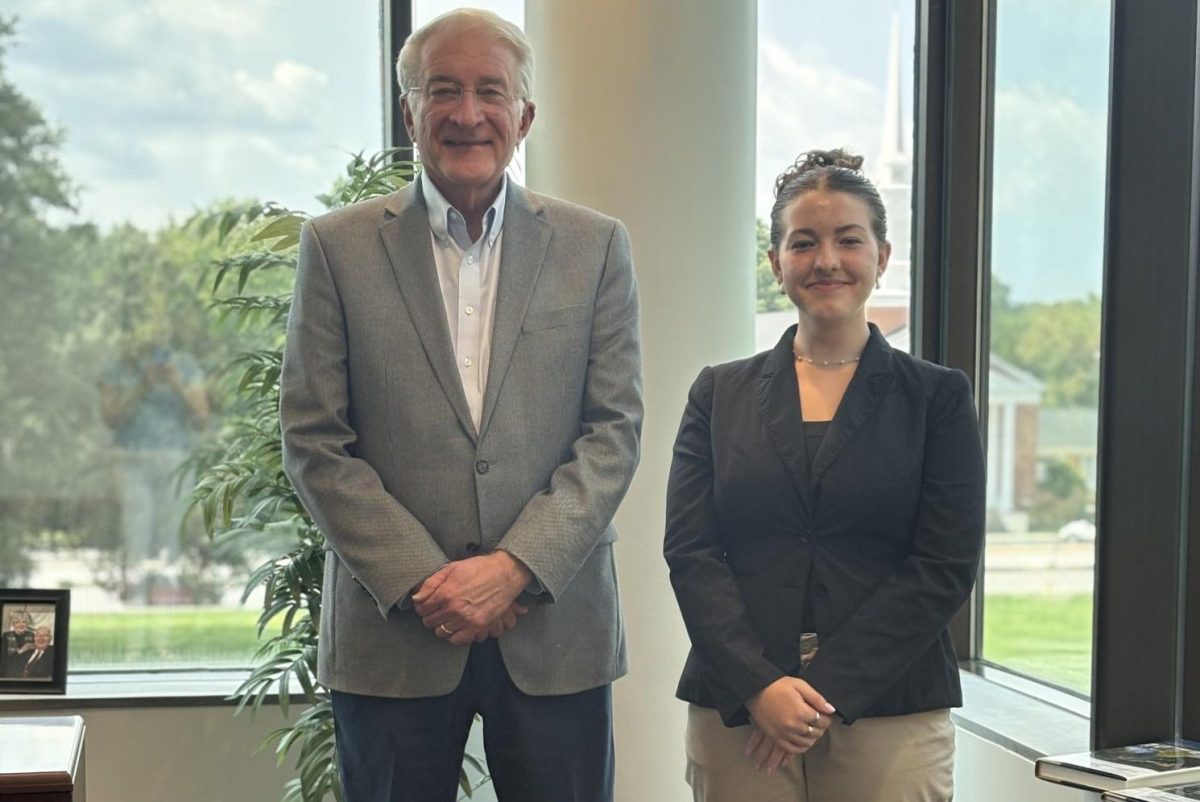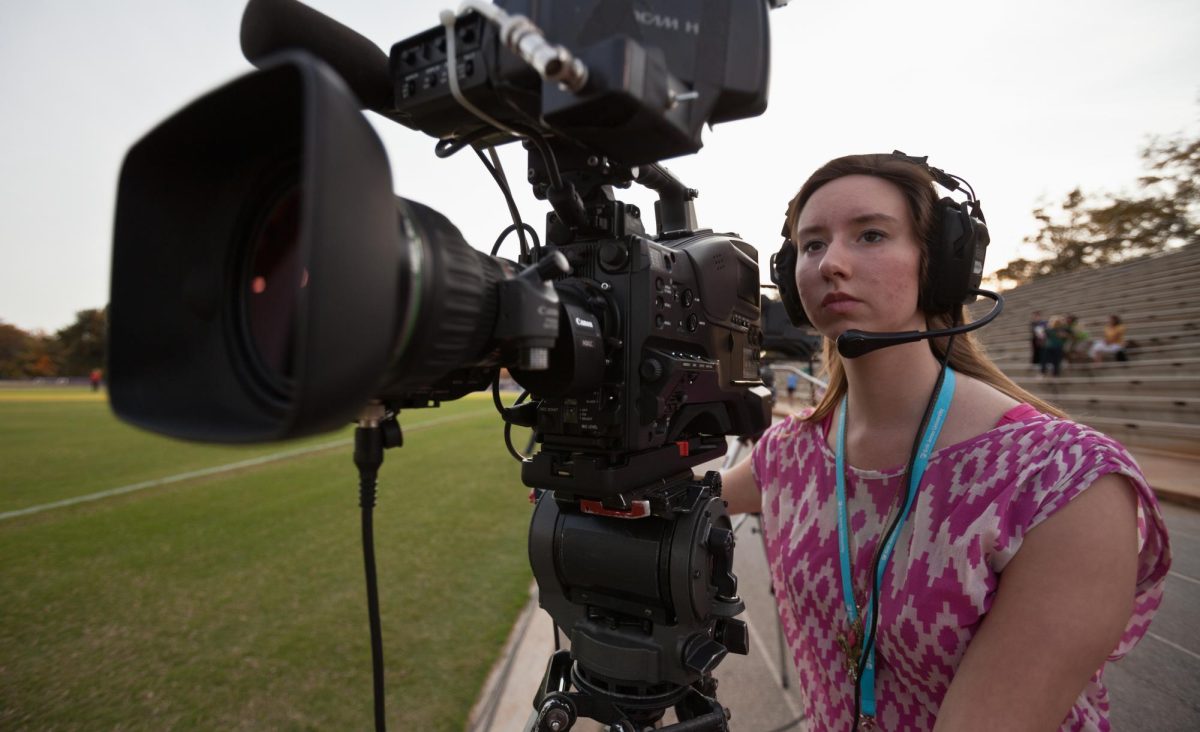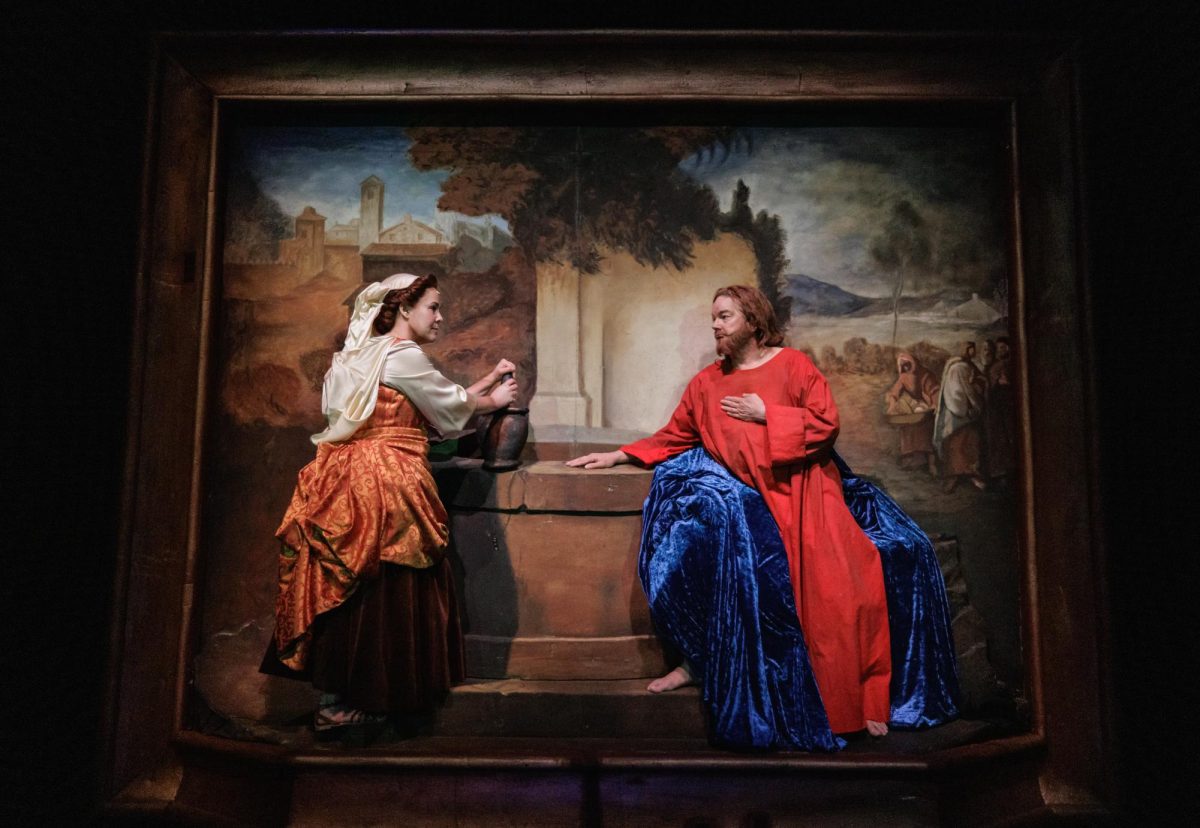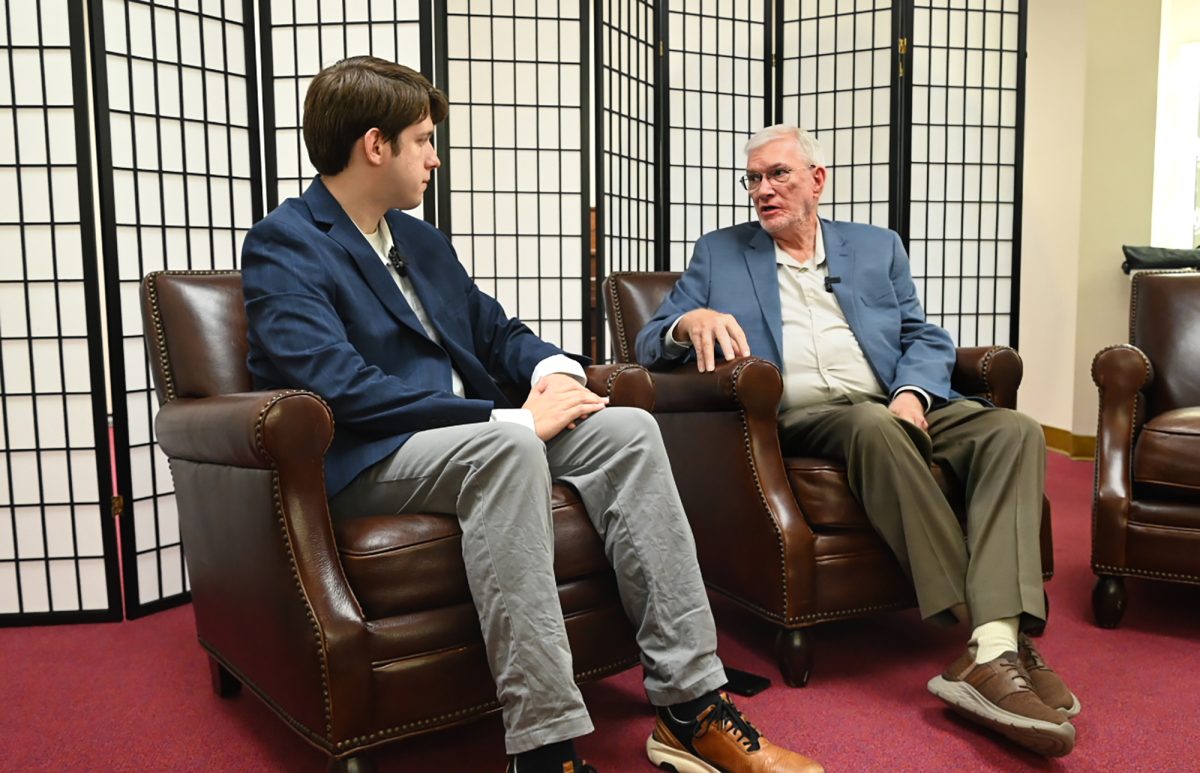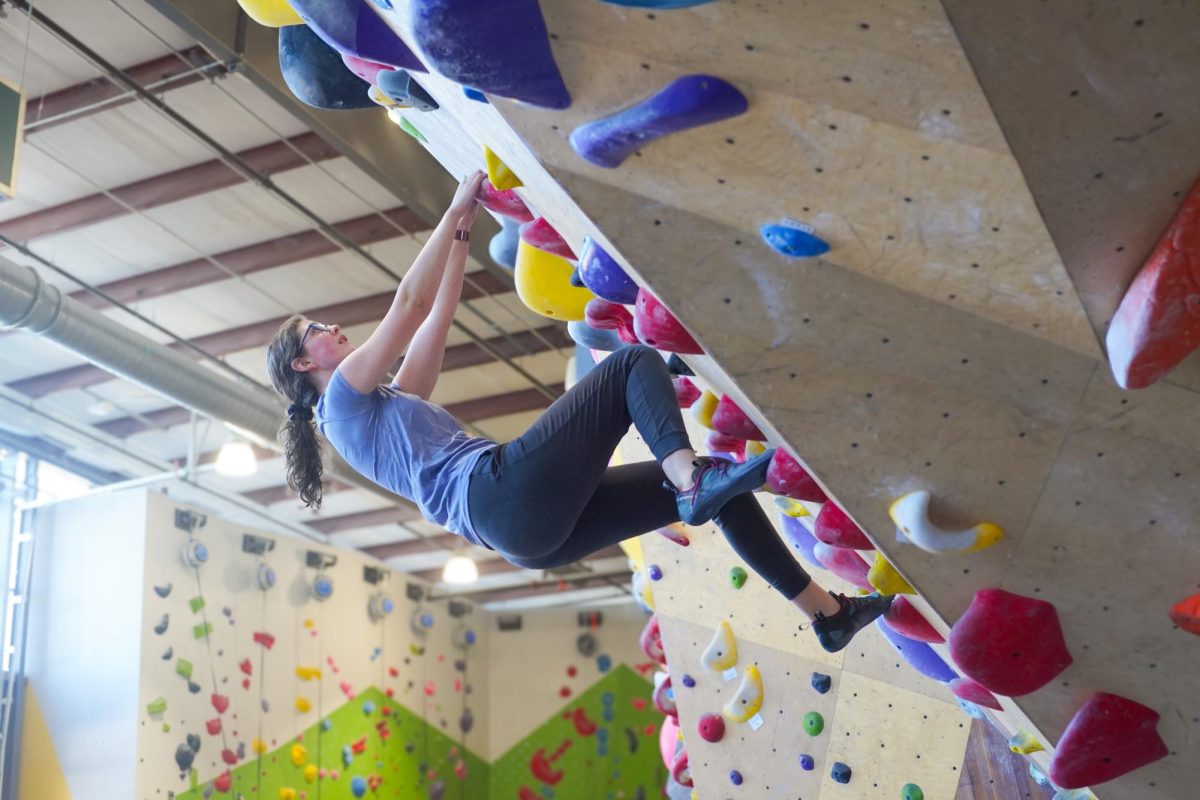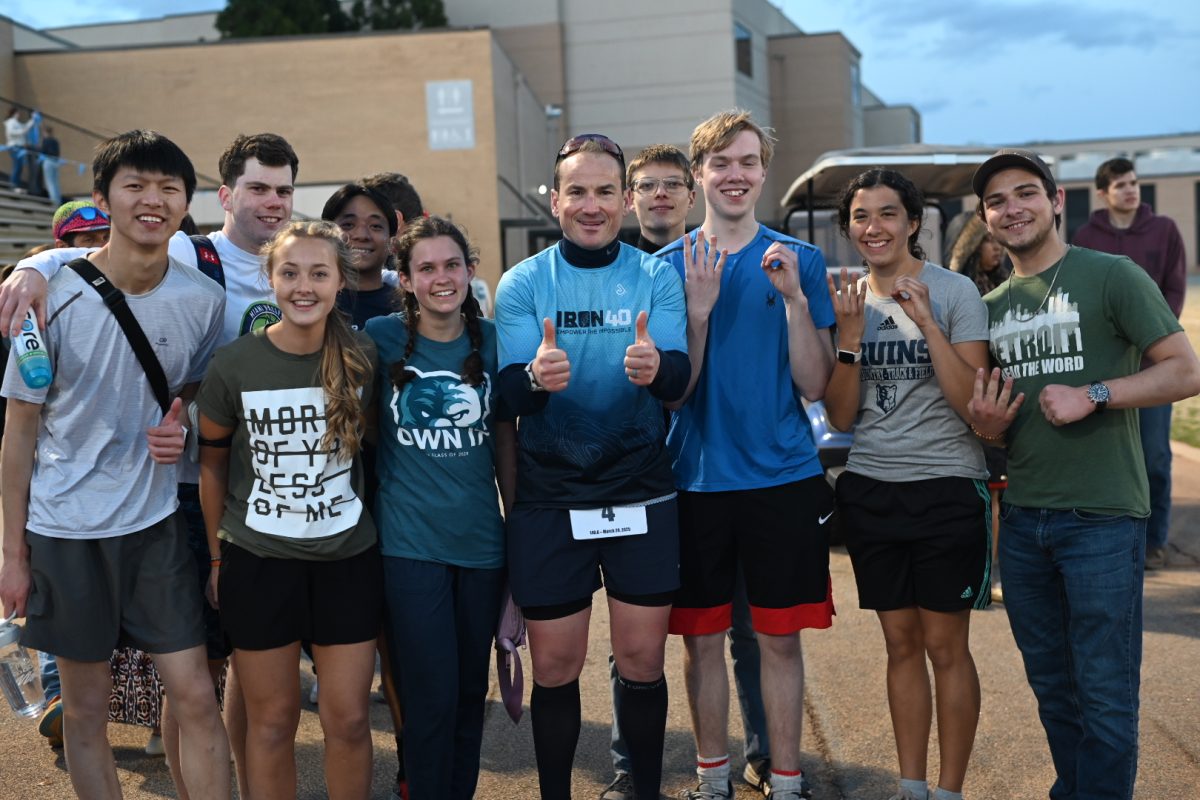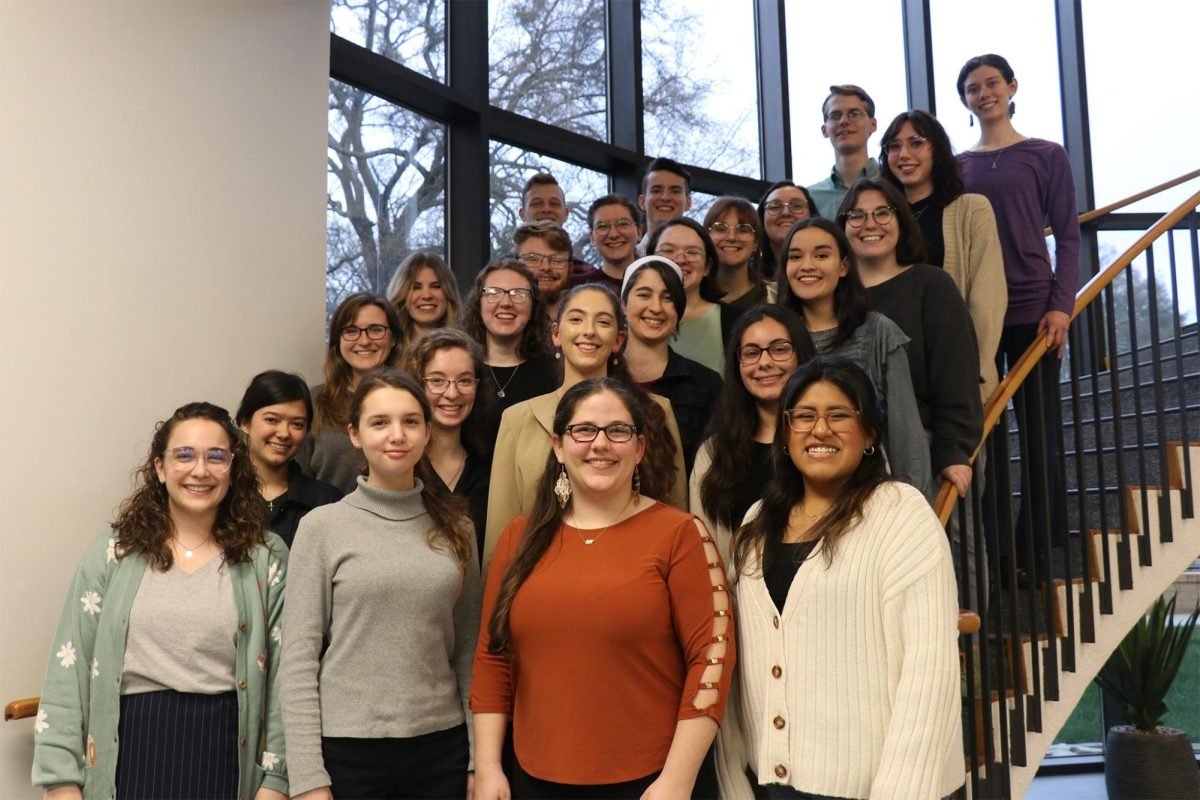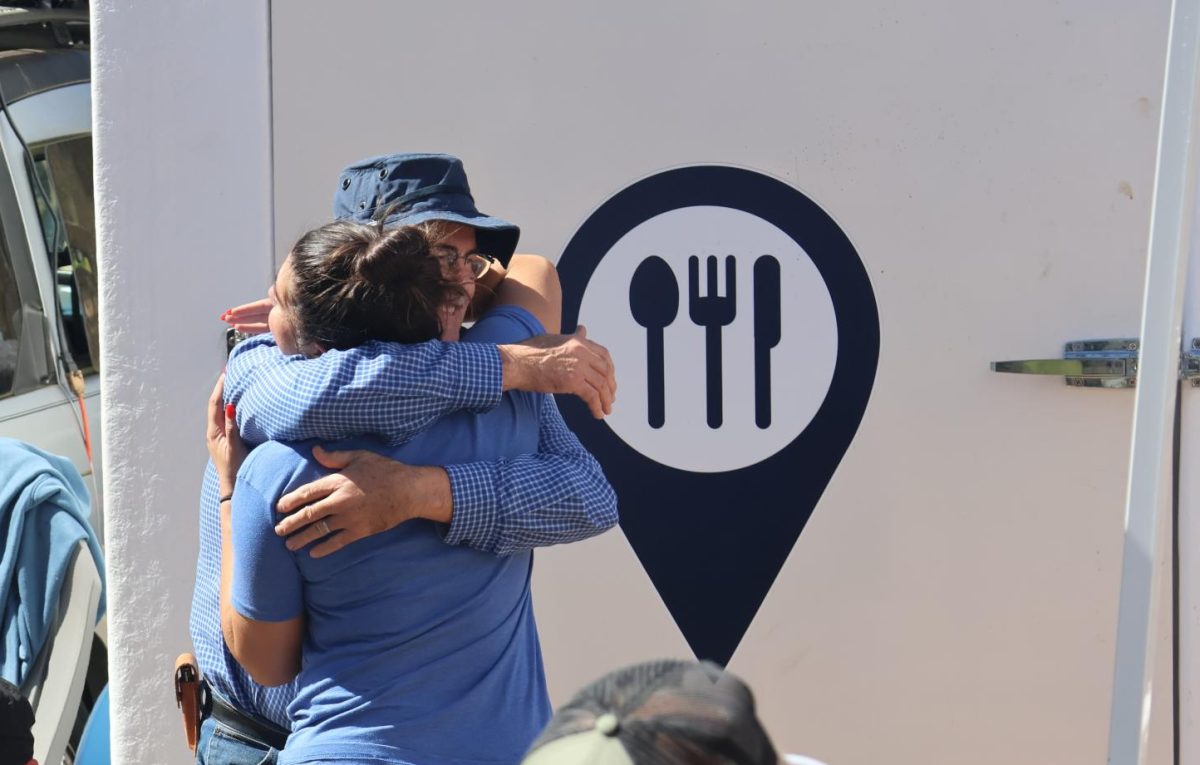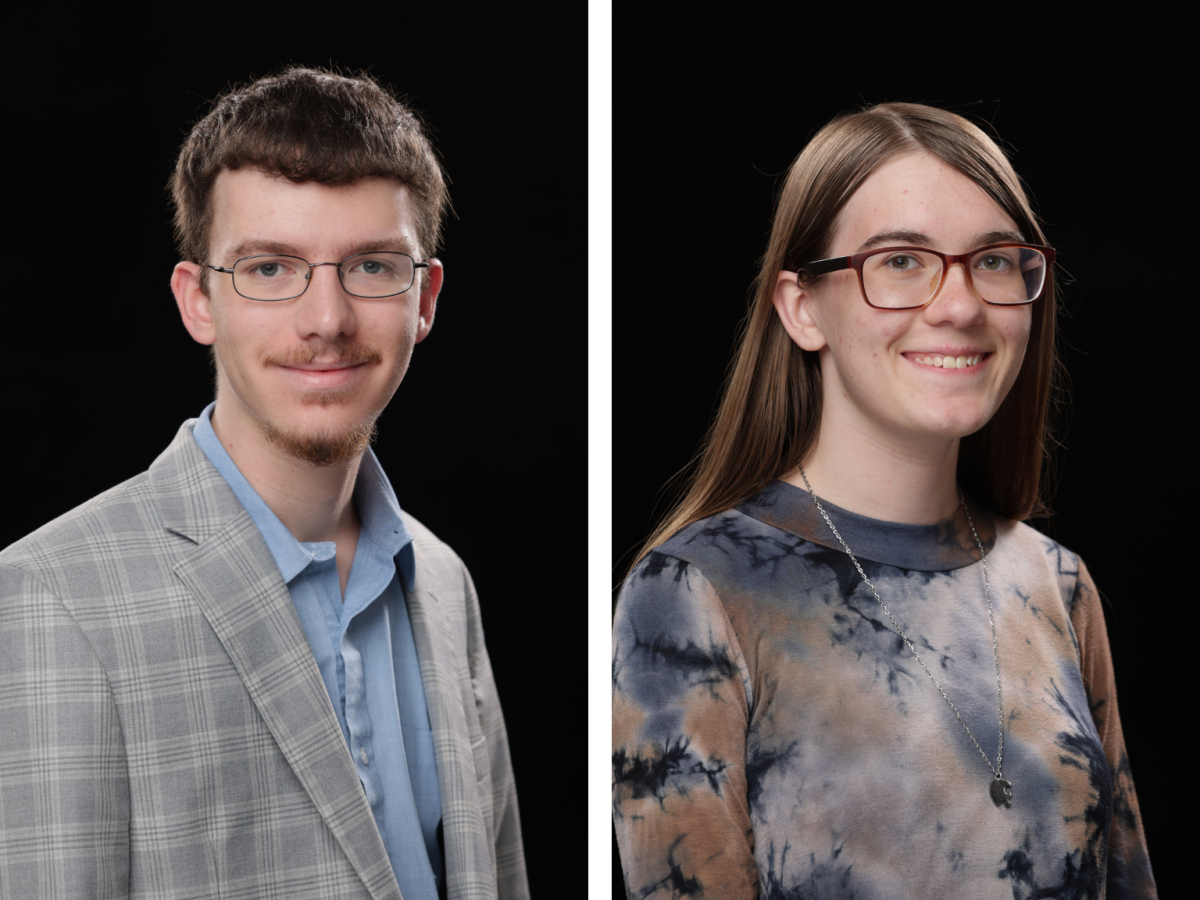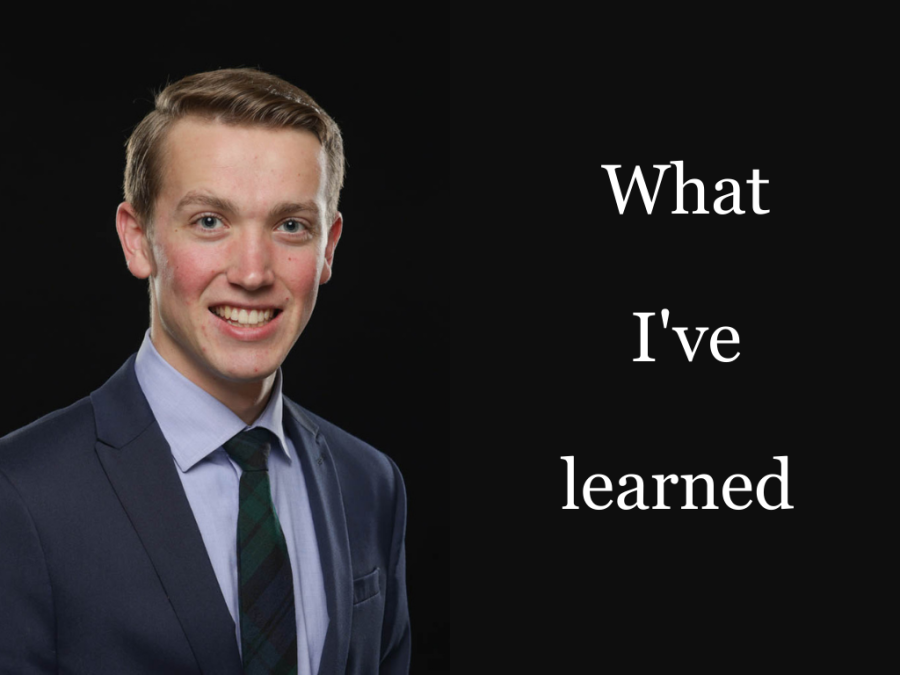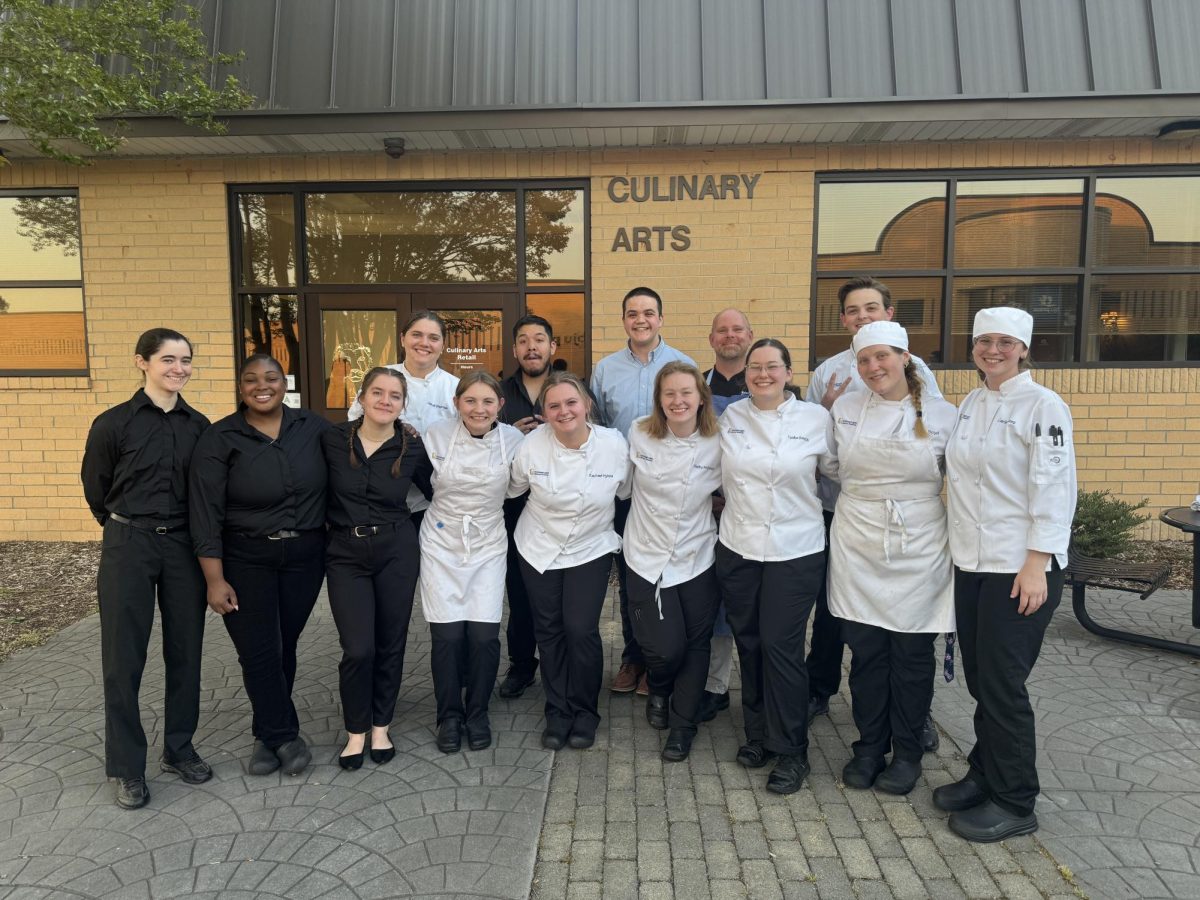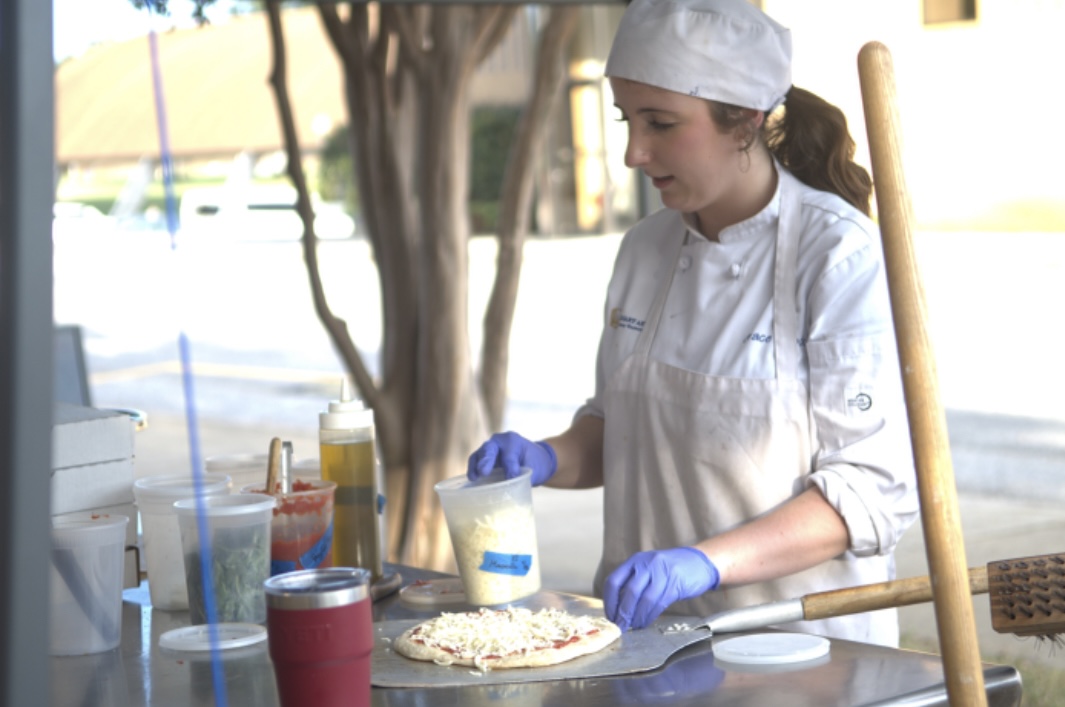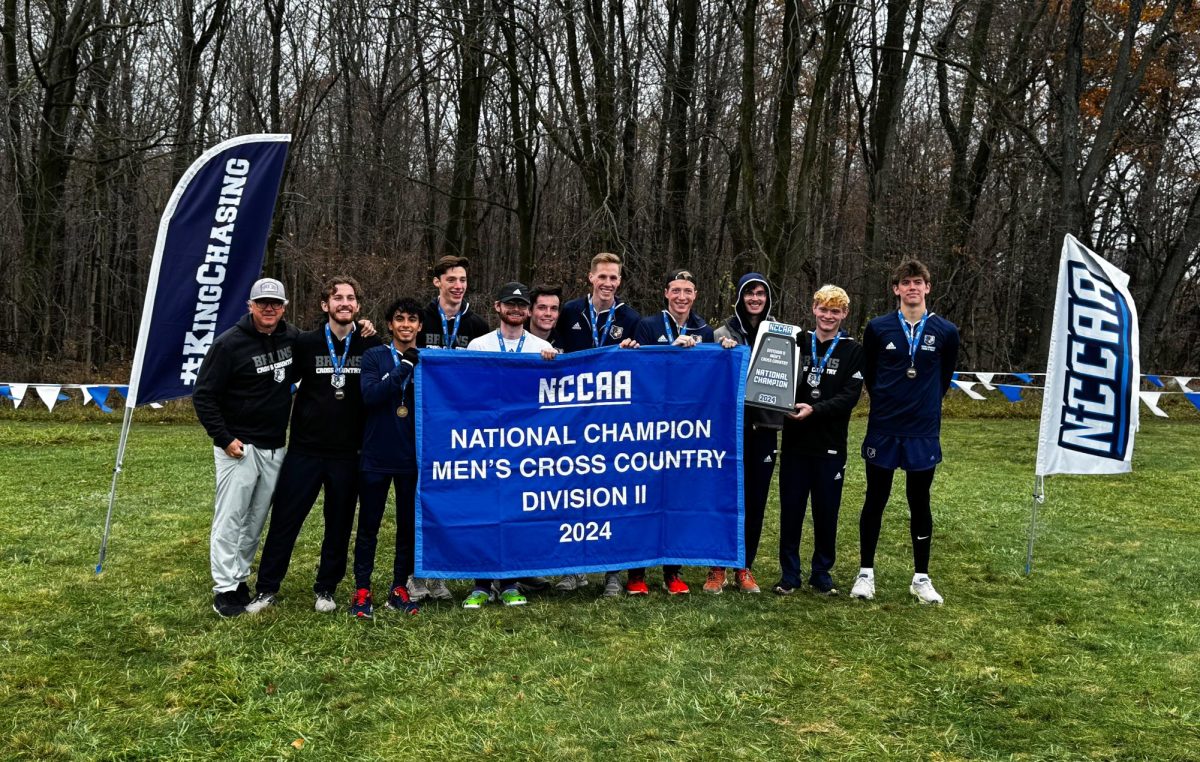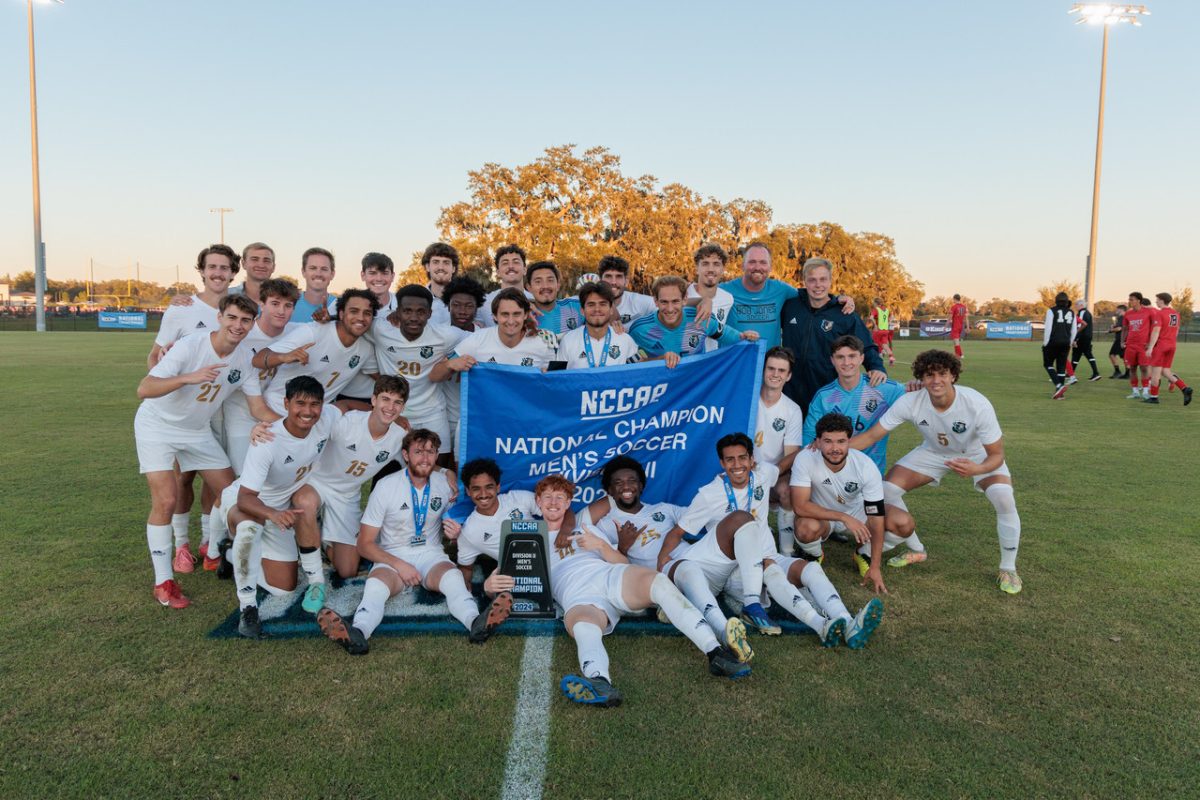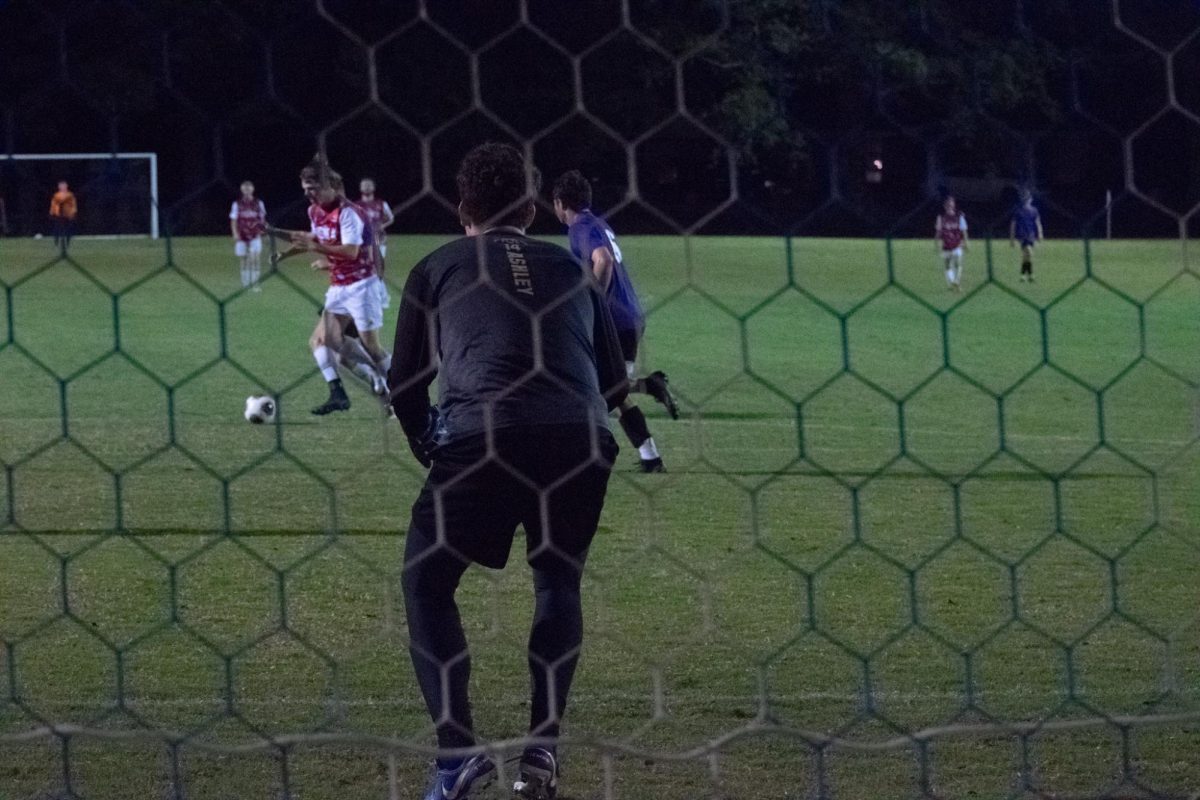Former President Trump and P. T. Barnum have a lot in common. As Barnum said, all press is good press. That philosophy was controversial in Barnum’s day, and, as Trump illustrated throughout his campaigns and presidency, it is still controversial today. By now, some are even willing to say the opposite—all press is bad press, and no media is trustworthy anymore.
That changed from Barnum to Trump? Barnum’s audience had never seen press coverage like the showman attracted. He created pseudo-events organized for the sole purpose of catching the media’s attention. This practice continues today. We watch politicians go on tours and host events we recognize are solely for the press.
Does our understanding of media make us a better audience than the people of Barnum’s day? How well do we understand the process of media?
Without knowing the process of news media, we cannot understand how to discern the difference between good and bad media.
The news profession should be bound by journalistic ethics. If a journalist breaks these rules, she loses all credibility because her work is untrustworthy. To be able to discern between media that does and does not follow the journalistic ethics, we must be a responsible audience of news media. And to do so, we must understand journalistic ethics.
One journalistic ethic is attribution. To write a story, a journalist gathers sources. When she quotes a source, the journalist will always introduce them to the reader to show their credibility. The source has to have some reason for being a source—he may be an eyewitness or an expert in the field. If he isn’t credibly connected to the story, his words aren’t trustworthy.
Then we are introduced to a source, we understand his connection to the story from his introduction. But we have the right as the audience to question his credentials. If the source is a doctor talking about COVID-19, we may look him up to find out in what capacity he has worked with the virus. What else has he said about COVID-19?
As he considered an expert in his field by other doctors? Does he write peer-reviewed journals? Just as the journalist checks her sources, we can ensure the credibility of the story through the people in it.
Another journalistic ethic is accuracy in photos. When gathering sources, the journalist may get pictures either through a photographer or her own camera. The story told through photos is just as important as the story told through the text.
Although she will edit the photos for clarity in whatever medium she plans to use, the journalist will not edit the story the photos tell. If cropping the photo will change the situation presented in the photo, she will not crop it.
For the audience, gauging the accuracy of a photo is difficult. But there are questions we can ask that give us insight about the intention of a photo. What’s missing from the photo? Is there a group or a perspective not pictured? What does the photo add to the story?
For all her accuracy, the journalist’s audience may still accuse her of being biased. In a sense, they would be right. People have their own preconceived notions and opinions, and journalists are people. Asking them not to go into a story with their own opinions would be asking them to deny their humanity. And there are places for opinion in news, such as in columns and editorials.
But like all professionals, journalists understand the difference between their opinions and the story. As she finds sources and researches her story, the journalist will be careful to look at both sides of any issue and do her best to present a balanced view. And while her research gives her the context to write a balanced story, she will have too much to include in one article.
A large part of how journalists choose what to cover is derived from their audience. Often the audience members who rail against the bias of the media are actually directing their attacks against their own bias. We cannot demand coverage of disasters from the media and then dismiss the media for doing so.
When we do want to check the accuracy or bias of a news story, we can look at other sources. Just as quoting only sources who agree presents only one opinion, reading only one news source presents only one side of the story.
We can do better than to let ourselves be irresponsible consumers of the news. And when we do, we become part of the solution to a problem that affects us all.


